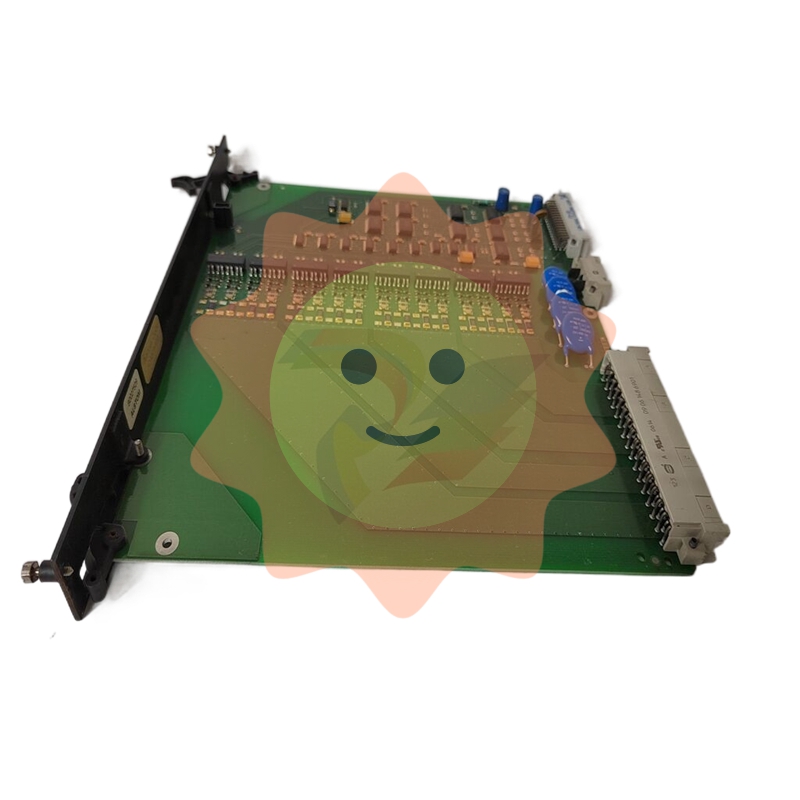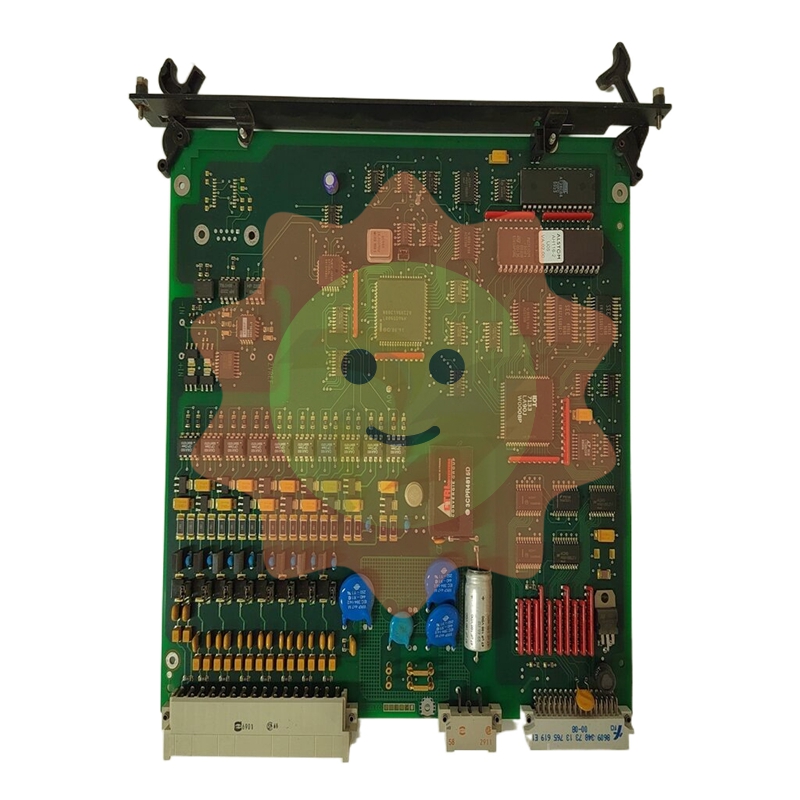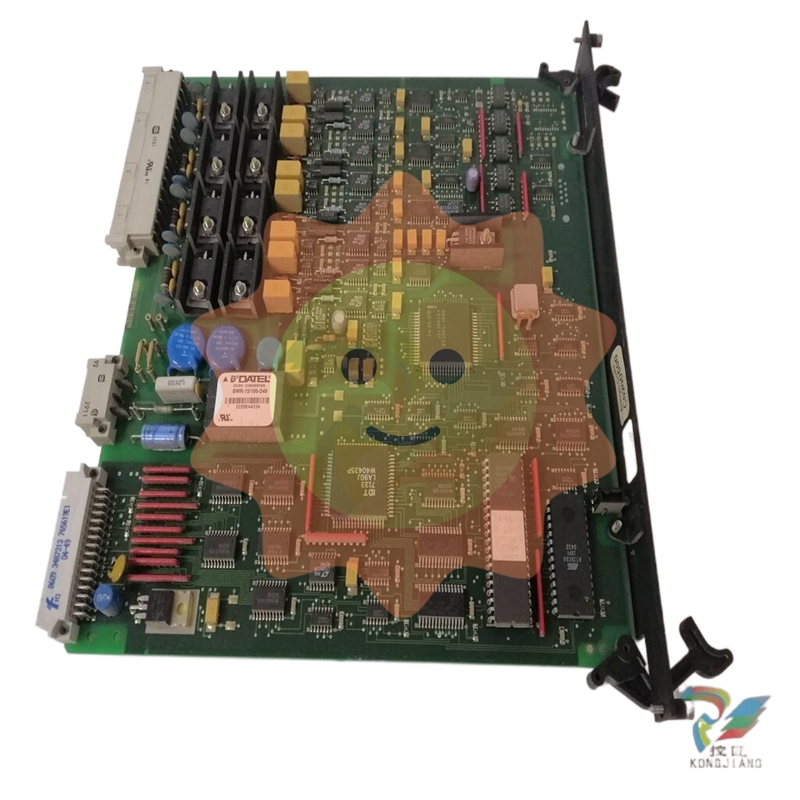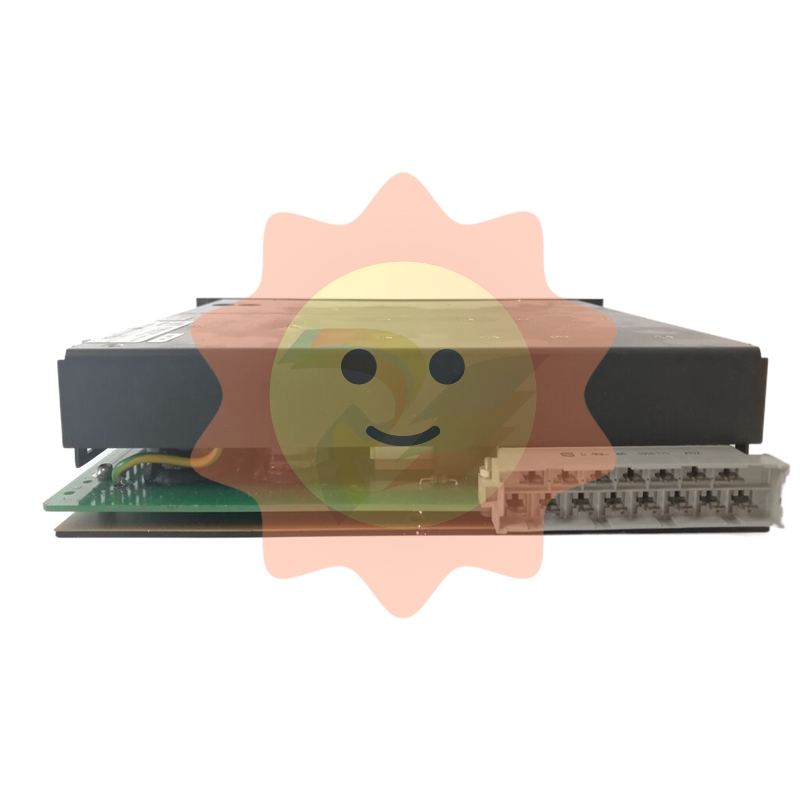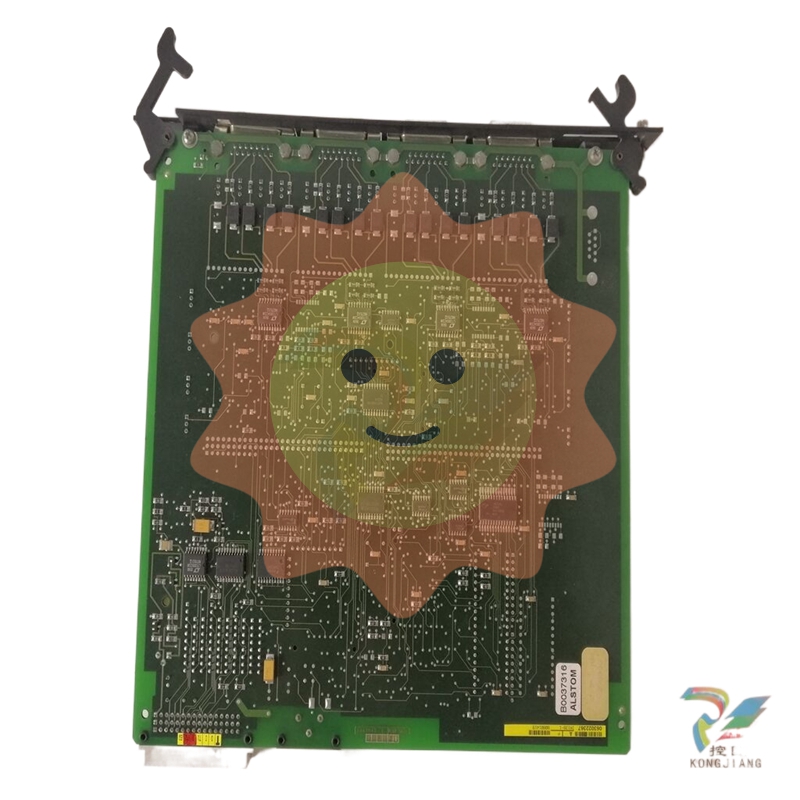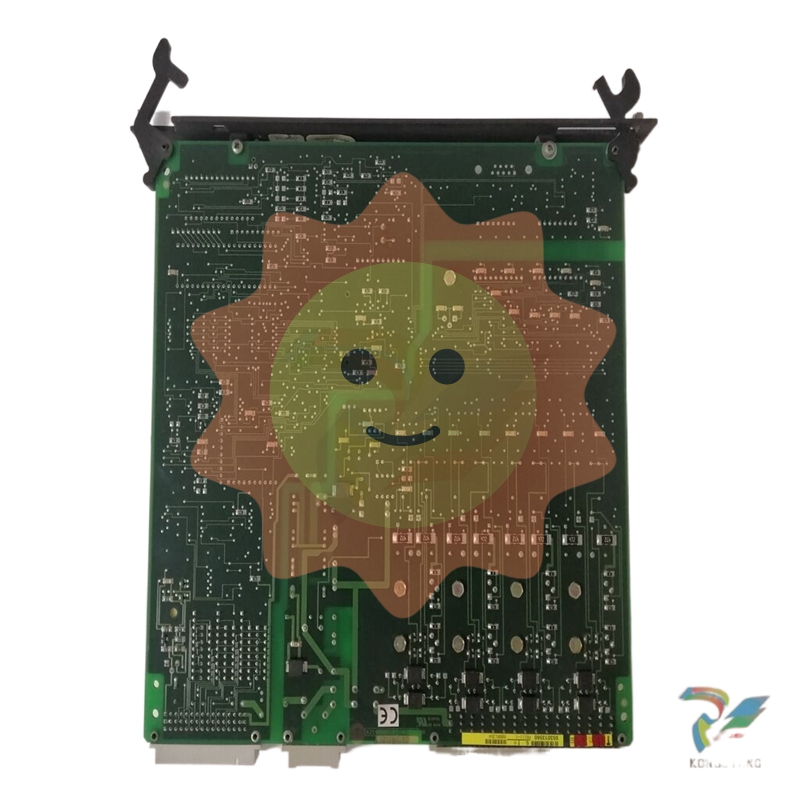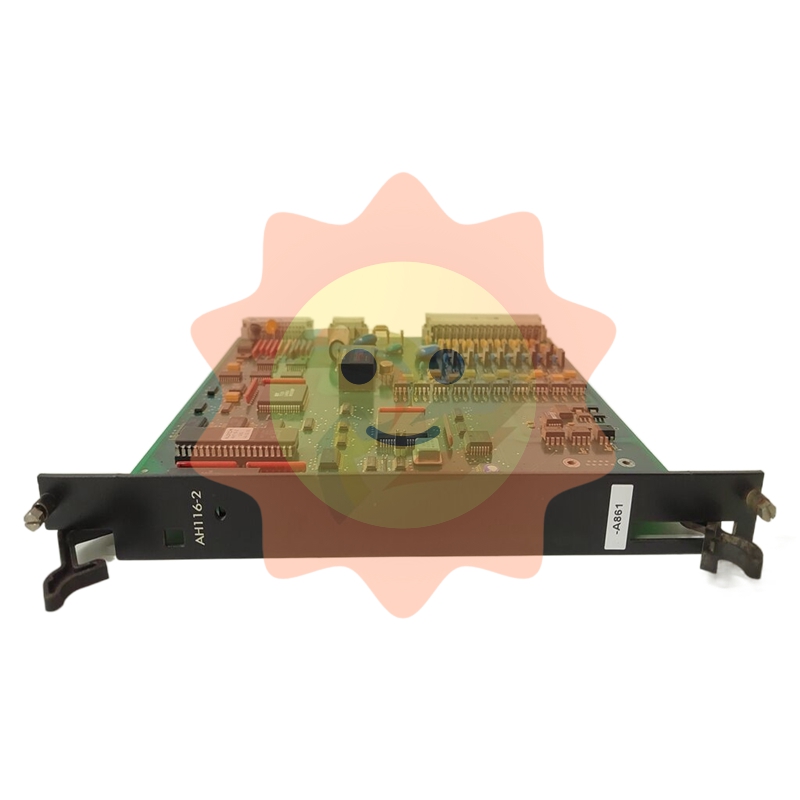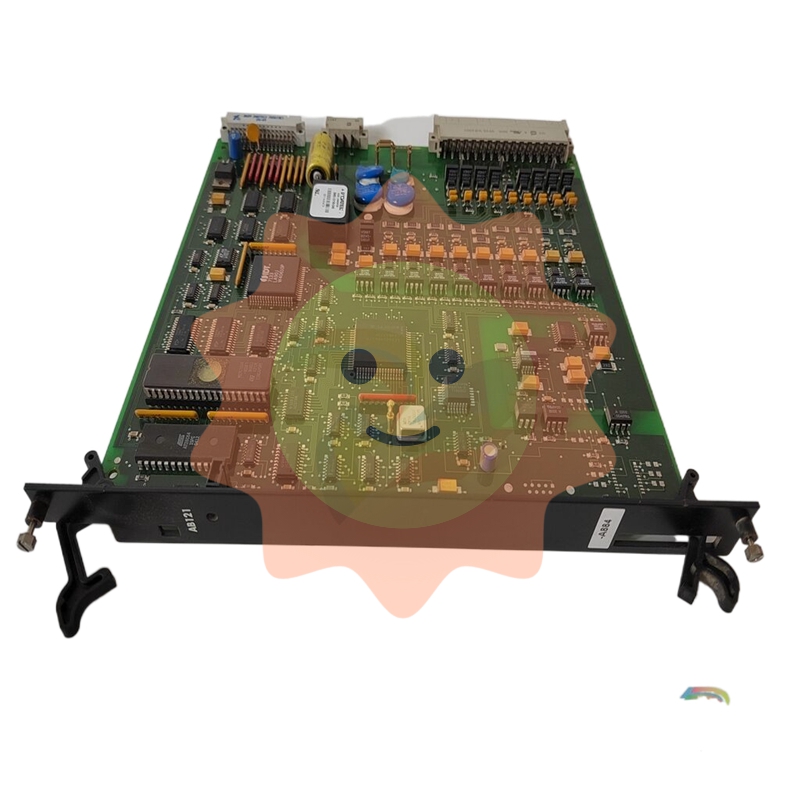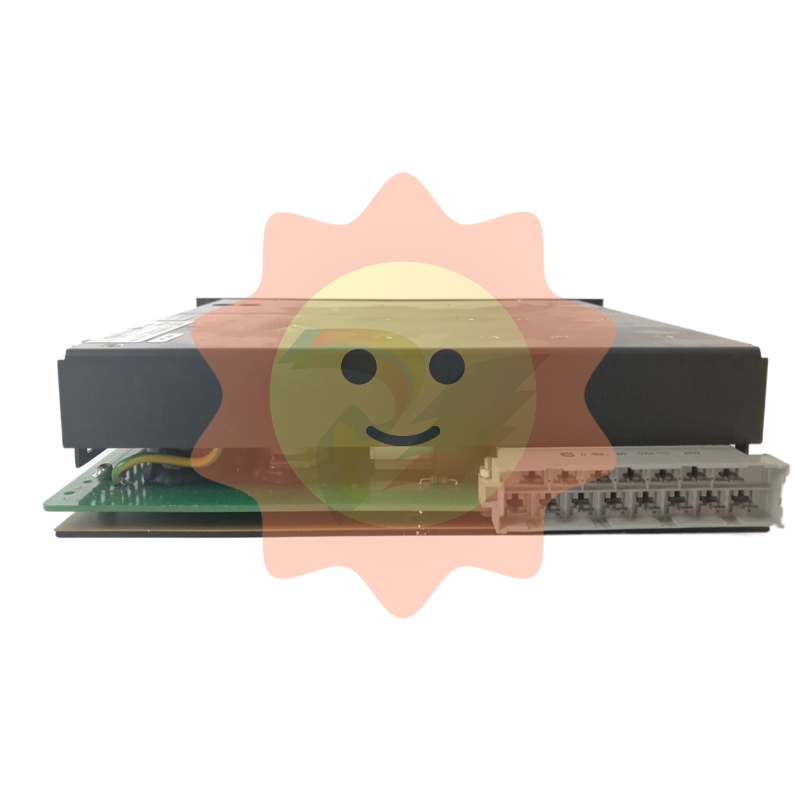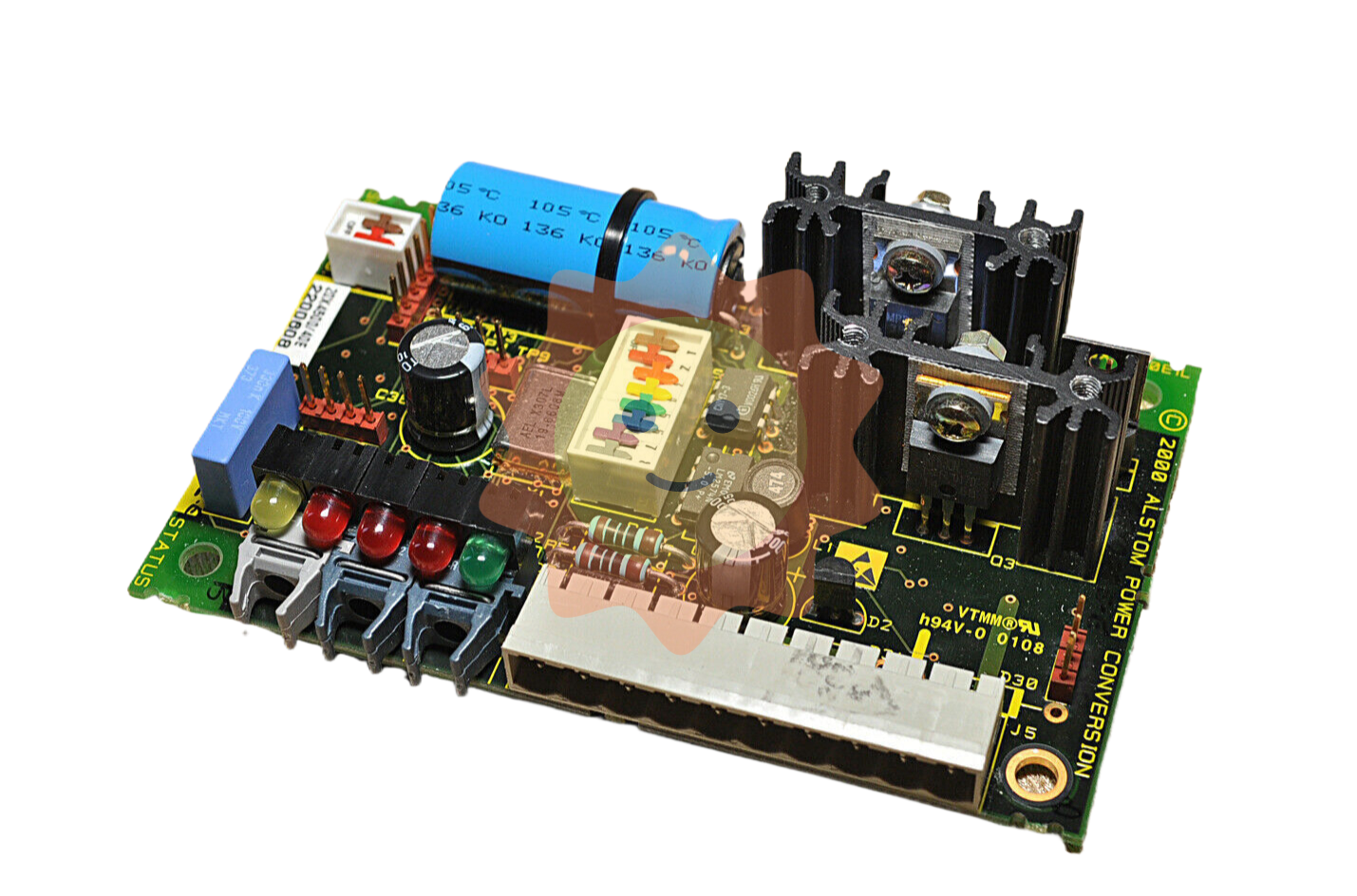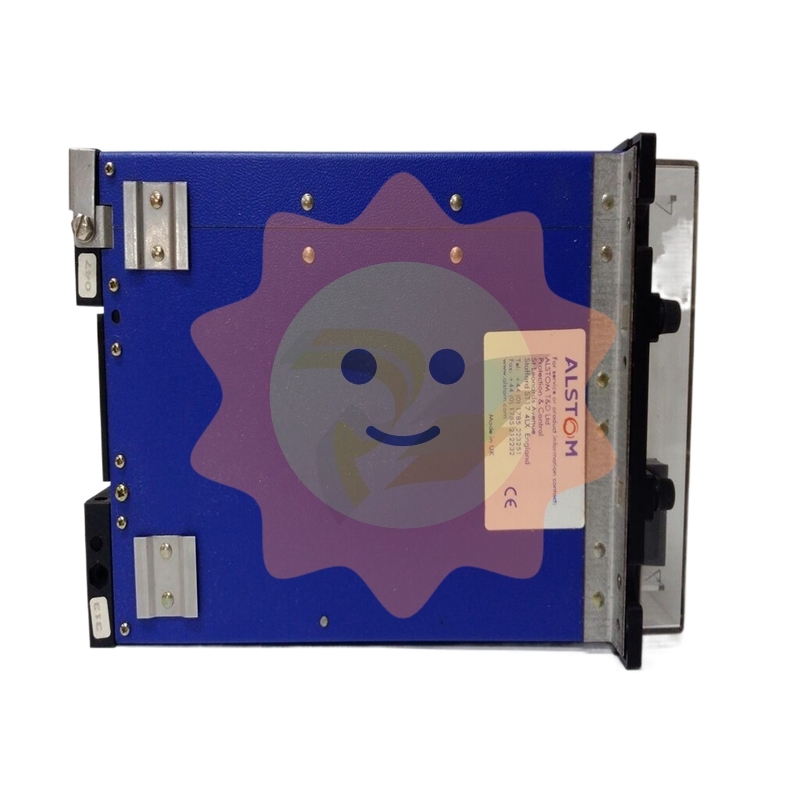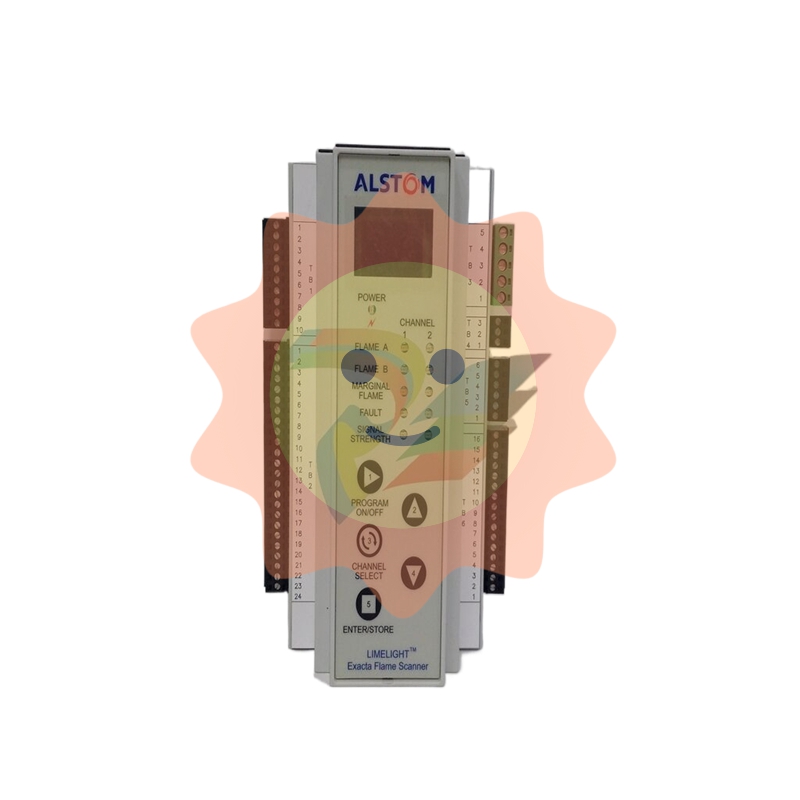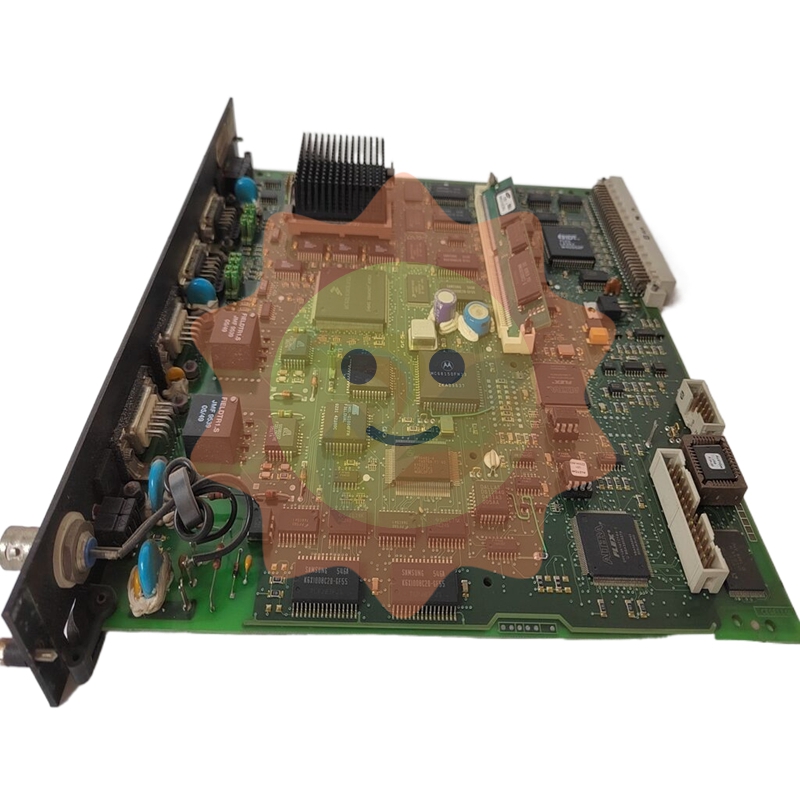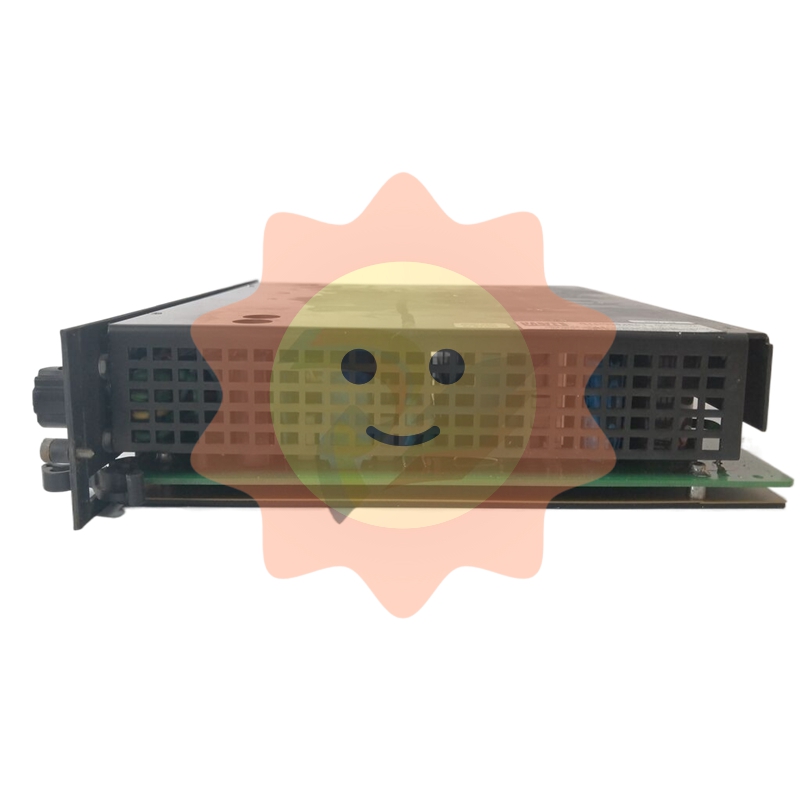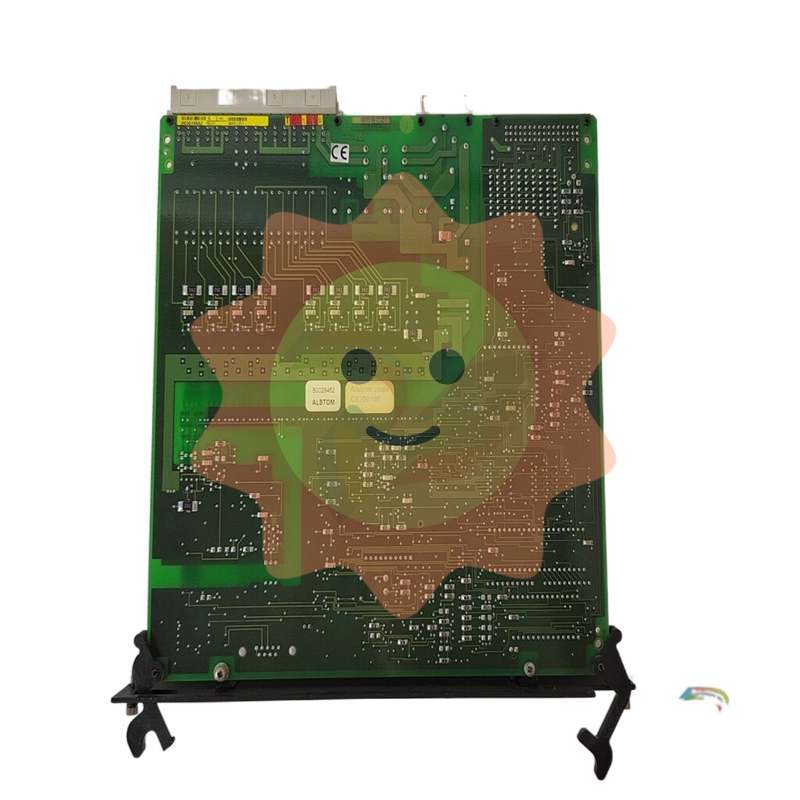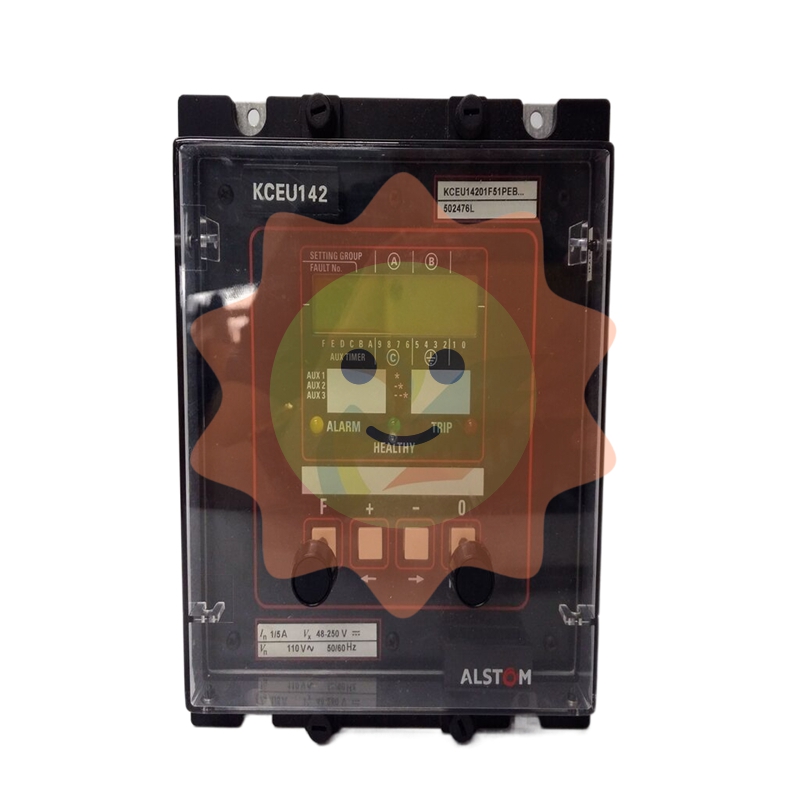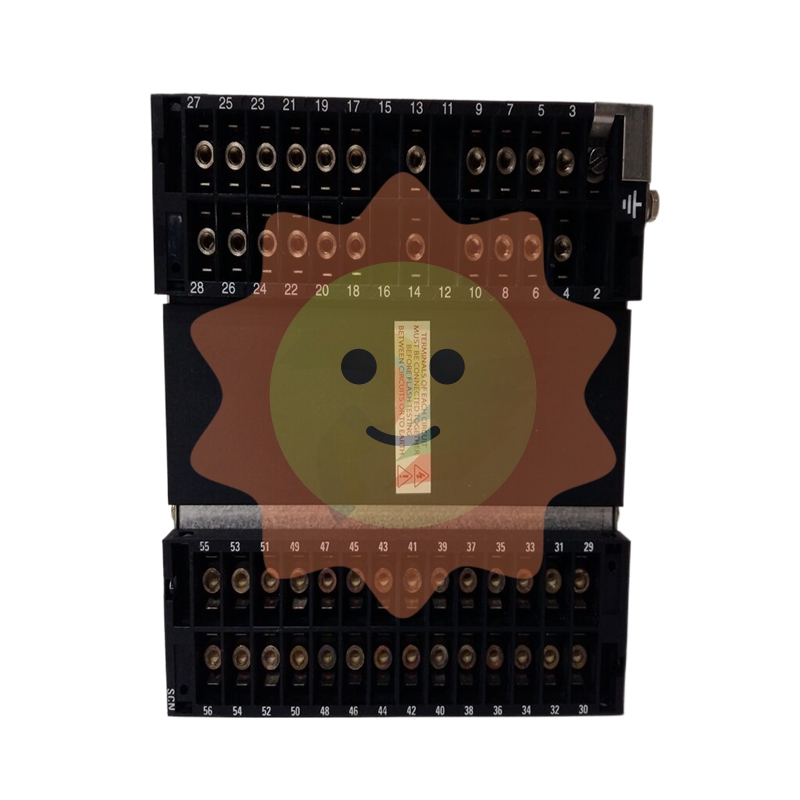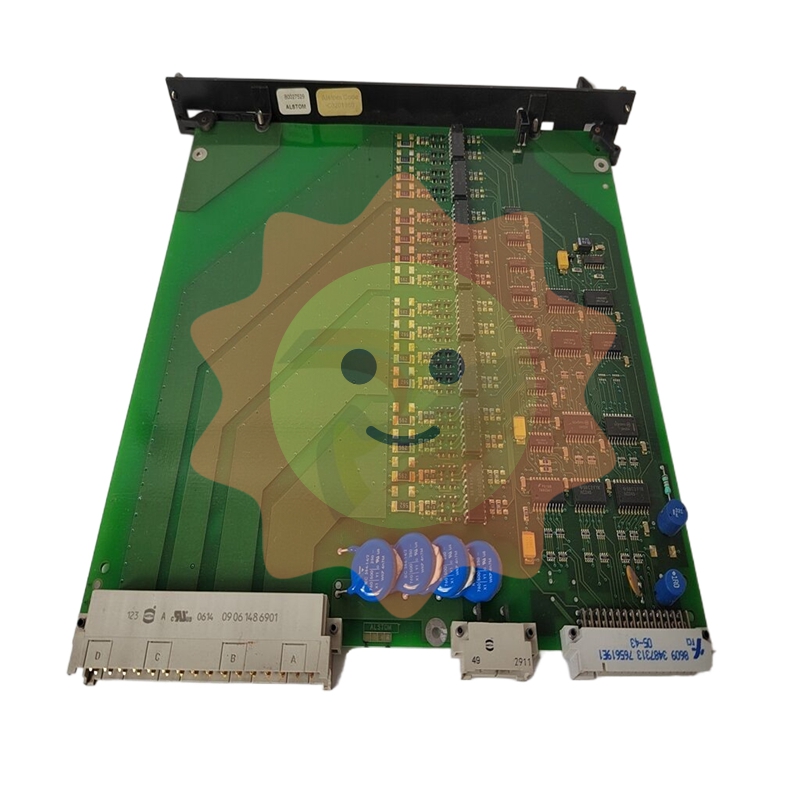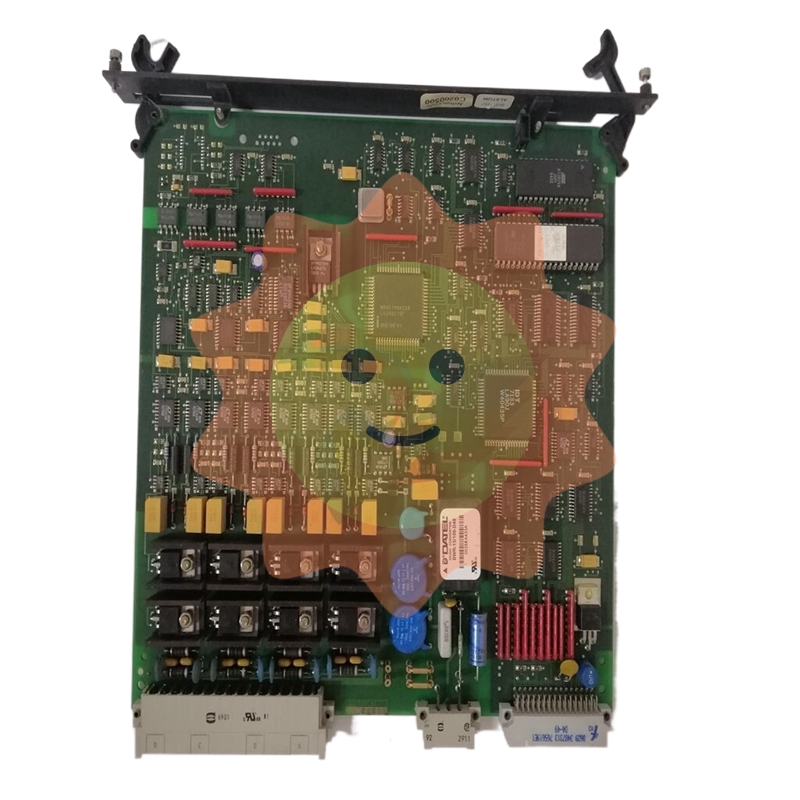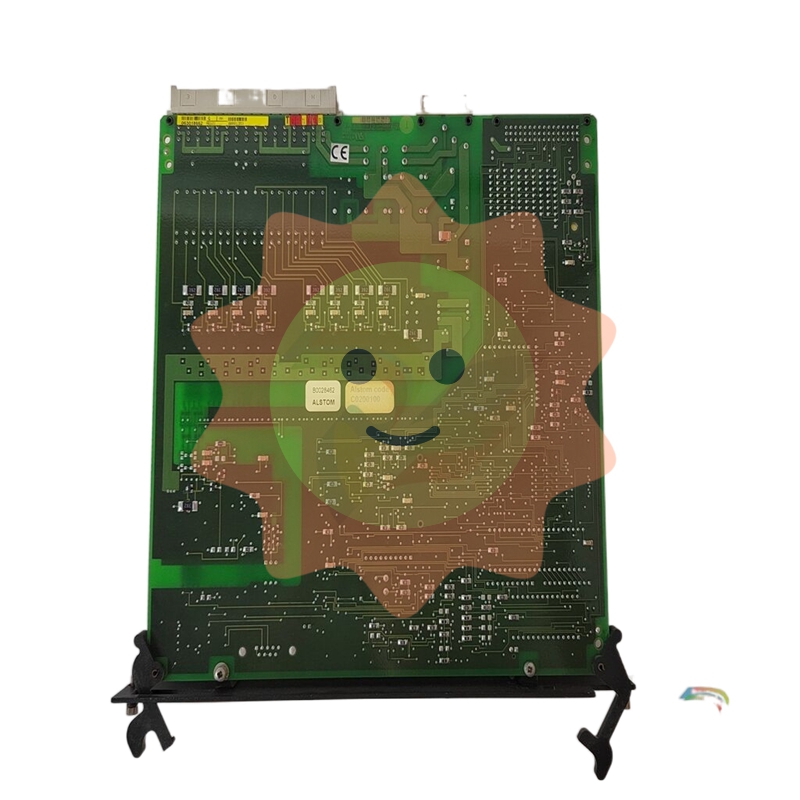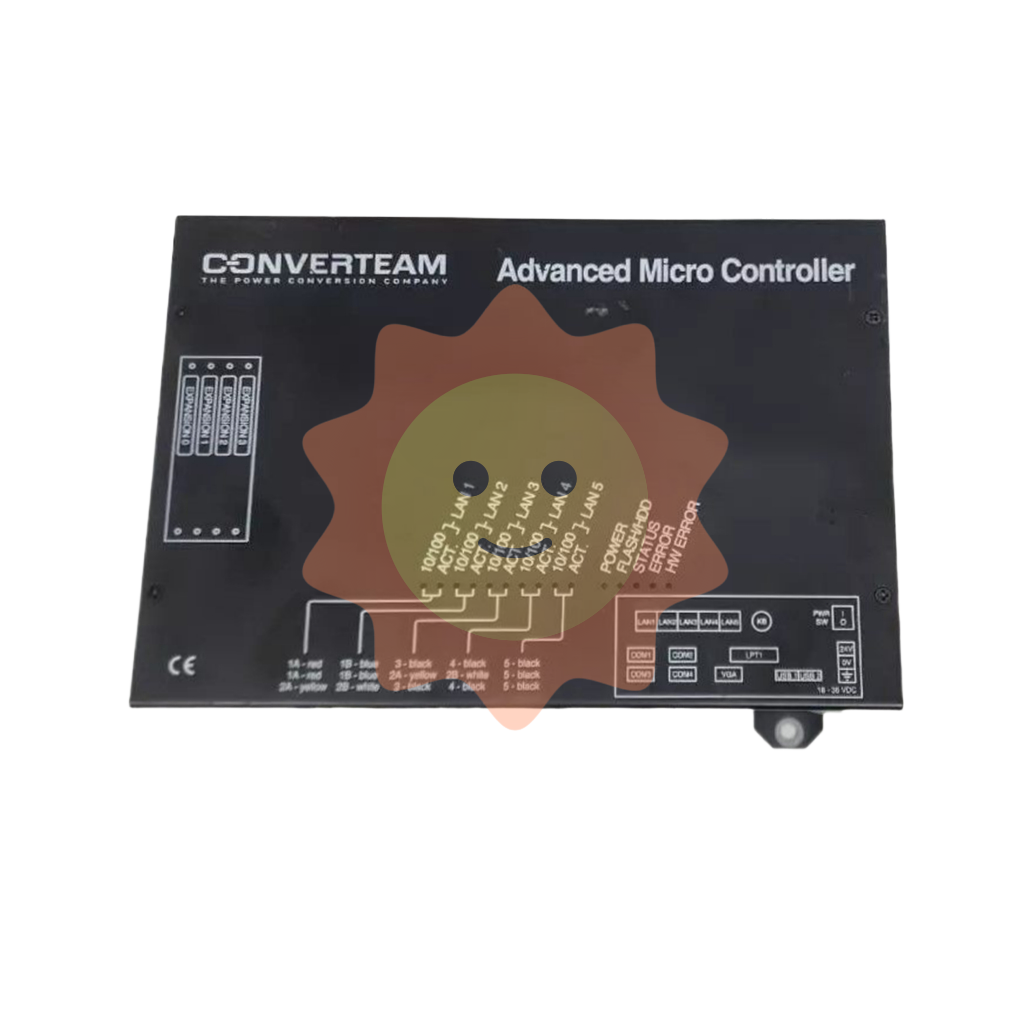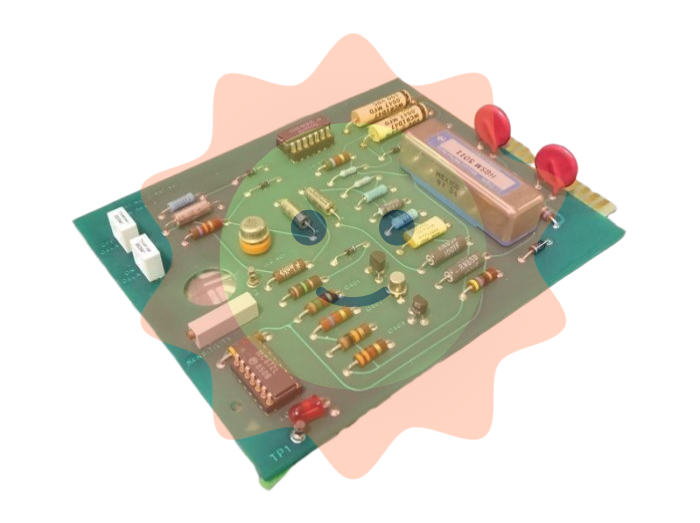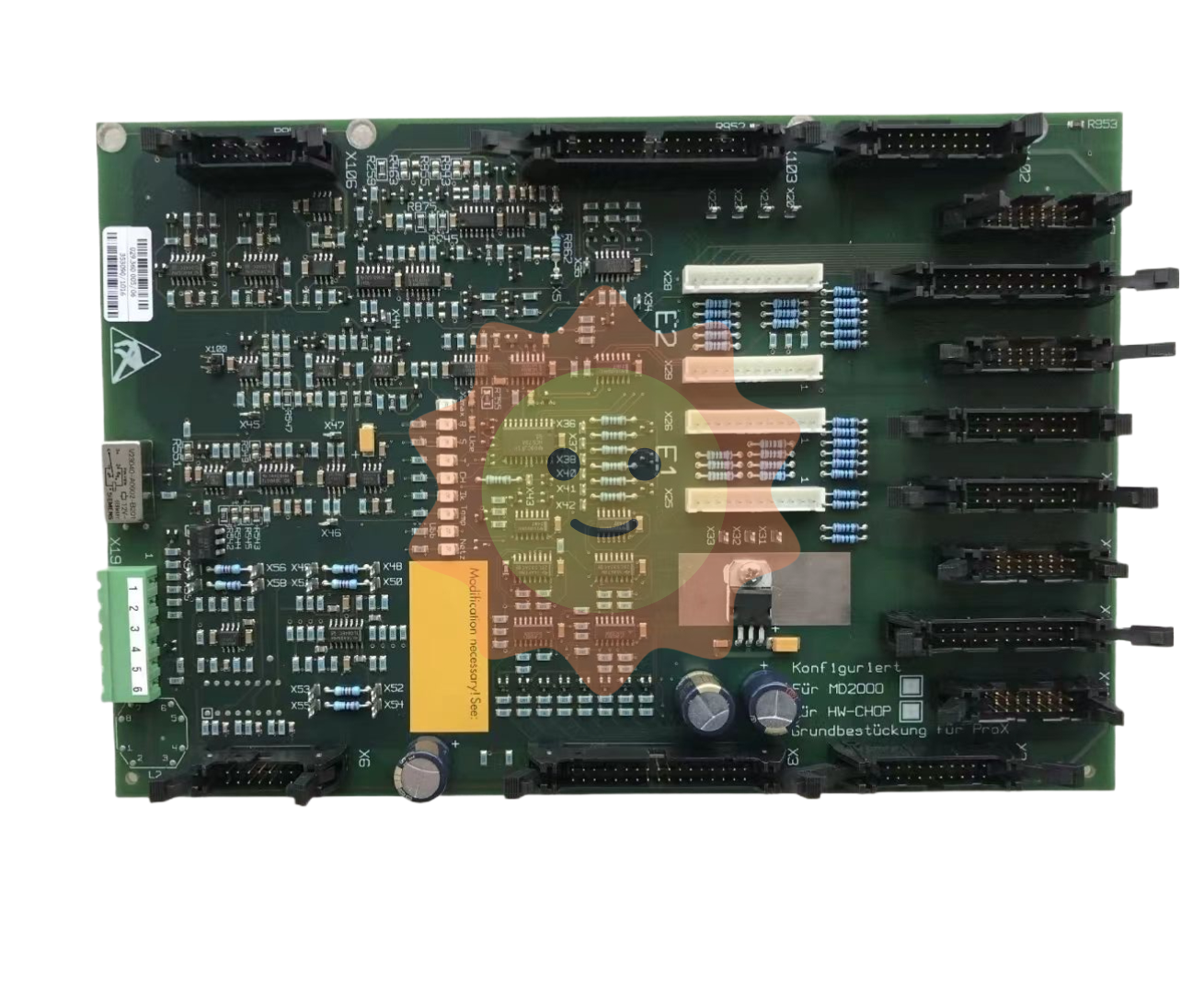Environmental protection and sustainable development of rubber industry
1. Environmental protection of raw materials of rubber products
It is required that the rubber products produced do not contain harmful substances exceeding the limit value, and do not use prohibited dangerous substances, so as not to endanger human health, especially carcinogens.
Synthetic rubber raw materials in the production of heavy metals, processing oil, vulcanization agents, accelerators in the production process will cause some harm to the environment and the human body, we will be further elaborated in the following rubber products material impact on the environment.
1.1 Heavy Metals
The type and grade of raw materials of rubber products will affect the content of heavy metals. Therefore, care should be taken to avoid or reduce the use of raw materials containing chromium and nickel. The chrome plating layer of the mold and skeleton will also bring chromium elements to the rubber, so it is necessary to develop new chromium plating technology. The rubber shoe industry should pay attention to the limit value of heavy metals in textile and leather dyes, and limit the use of metal complex dyes containing copper, chromium and nickel. The content of heavy metals in rubber products does not only come from one or two key raw materials, but is the sum of all raw materials (including raw rubber) heavy metal content. Although some raw materials contain very small amounts of heavy metals, it is also necessary to pay attention to "a little adds up".
1.2 Processing oil
Rubber processing oil includes aromatic oil, paraffin oil and naphthenic oil. Aromatic oil can not be used for rubber products with environmental protection requirements because it contains a large number of polycyclic aromatic hydrocarbons, which also limits the application of oil-filled rubber with high aromatic oil. Although we have developed oil-filled rubbers with lower PAHs content, the types and amounts of PAHs they contain have not been reported, and it is unclear whether they will meet EU environmental requirements. In paraffin oil and naphthenic oil, the content of polycyclic aromatic hydrocarbons is also very different due to the different origin and processing technology. In addition, when processing oil-filled synthetic rubber, a lot of oil and gas will be emitted, and the pumping and exhaust devices should be set up in the relevant places.

1.3 vulcanization agent
Sulfur carrier type vulcanizing agent is often used for sulfur free coordination, typical examples are TMTD, DTDM. Organic peroxide vulcanizing agent is mainly used in heat-resistant formulations, its key is not toxic but explosive, so the protection level is included in class B, must be stored in a cool place <30°C, and it is customary to mix with inert fillers to reduce its activity. It is easy to emit smoke during processing, so it is necessary to strengthen ventilation and exhaust, and the concentration in the air should be limited to 1 mg/m3.
1.4 Accelerators
Sulfenamide, thiuram and dithiocarbamate are several kinds of accelerators that are used more at present, and they all produce carcinogens (nitroso compounds) in vulcanization. The promoters involved include TMTD, NOBS, BZ, EZ and DTDM. German industrial standards stipulate that the mass concentration of nitrosamines per square meter in the working environment of rubber enterprises shall not exceed 11,000 mg, and another type of carcinogenic accelerator is NA-22 commonly used in non-sulfur modified neoprene rubber.
2. Prevention of public hazards in rubber industry
2.1 Sources of public hazards
Flue gas: This is the main form of air pollution in rubber processing, which will be produced in the process of rubber mixing, return refining, calendering, extrusion, vulcanization and so on, of which the vulcanization is the most concentrated. The carbon black plant has more flue gas formation. Measures to control black carbon smoke include improving the collection system so that the concentration of black carbon dust in the exhaust gas is less than 18 mg/m3. Make full use of the heat energy of the tail gas, reduce the pollution of harmful combustible gas to the atmosphere, and purify the sulfur dioxide in the discharged gas. In addition, it is necessary to improve the wet granulation system of carbon black, so that the dust concentration of the workshop is less than 6 mg/m3.
Dust: It is a common form of public hazard in rubber factories, generated in rubber mixing powder and spraying spacer. Since most of the auxiliaries are powders, and the particle size is developing to a finer degree, the degree of flying is increased. The TLV of inorganic fillers in foreign countries is prescribed to be 10mg/m3, but it is actually much lower than this, and it is customary to control it below 2.5 mg/m3. The above is for grade A, and for powder materials with grade B toxicity, the oral dose LD50 is used to control. The harm of dust to the human body is mainly inhaled in the body, which leads to silicosis after long-term accumulation.
Solvents: The public hazards of solvents are mainly manifested in two aspects: (1) lead to occupational diseases. Concentrated in the glue manufacturing and brushing two processes, of which the most representative is chloroprene glue, a wide range of applications, China's shoe adhesive annual output of up to 200,000 t, and the use of aromatic hydrocarbon solvents or chlorinated solvents. The former such as benzene, toluene, xylene; the latter such as dichloroethane. These two types of solvents are more toxic, workers are prone to chronic diseases after long-term exposure, the most serious will suffer from cancer, leukemia and damage to the nervous system. The aromatic hydrocarbon solvent is benzene, toluene, xylene in order of toxicity, and people will feel fatigue, headache, lethargy and other chronic symptoms after long-term contact with them.
(2) Fire and explosion. Common solvents due to low ignition point, in addition to chlorinated hydrocarbons, are very easy to burn, in addition, explosive is also the cause of public hazards. When the concentration of solvent volatilization in the air reaches the explosion range (that is, between the upper and lower limits of the explosion temperature), any tinder can be detonated.

Noise: mechanical noise, dynamic noise and electromagnetic noise generated during rubber processing will affect the health of workers. At present, there are two ways to reduce noise: one is to improve the structure of rubber machinery and power machinery equipment, improve the quality of processing and assembly, and take measures to reduce vibration; The second is to take sound insulation and noise reduction measures, such as installing removable sound insulation enclosures on the parts of the mixer, the opening mixer and the sheet press, and setting the exhaust system on the top of the processing equipment, which can reduce the noise to about 80dB(A).
2.2 Prevention and control measures and management
The public hazards in the production of rubber industry hinder the sustainable development of enterprises or industries. The public hazards of the rubber industry are easy to be ignored, so active prevention and control measures should be taken.
(1) Find out the performance data related to various rubber raw materials and environmental protection, uniformly formulate toxicity indicators of various raw materials, and take active prevention and control countermeasures.
(2) The enterprise should strengthen the environmental protection mechanism, the implementation mechanism, and assign special personnel to be responsible to ensure that the environmental protection quality in the factory meets the requirements.
(3) Strengthen employees' awareness of environmental protection, and instill knowledge of accident exclusion and emergency treatment.
(4) Strengthen labor protection measures, and install effective ventilation circulation devices in workshops and warehouses where harmful and toxic materials are stored. Strengthen the management of harmful, flammable, explosive and other raw materials, and the outside of various boxes, boxes, barrels and other containers must be marked with the composition, quantity and storage essentials of the materials inside.
Second, the sustainable development of rubber industry
China is one of the world's largest waste rubber production countries, the use of waste rubber situation is becoming increasingly severe. In 2004, China's waste rubber production volume of about 2.72 million tons, including mainly used tires, according to estimates of about 100 million, the output of 1.496 million tons, accounting for 55%, non-tire production of 1.115 million tons, accounting for 41%, factory waste (refers to rubber products in the production of corner materials and waste products, Calculated by 4% of the product) 109,000 tons, accounting for 4%. According to 2005 statistics, the total output of recycled rubber and rubber powder was 1.67 million tons, of which 1.45 million tons of recycled rubber and 220,000 tons of rubber powder. The utilization rate of waste rubber resources in the country is about 65%, but compared with the United States, Japan and other developed countries to reach more than 80%, there is still a certain gap. In addition to tire renovation, the use of waste rubber abroad is mainly used in the manufacture of rubber powder for building materials and combustion heat utilization, while China is currently mainly the production of recycled rubber, rubber powder and tire renovation.
According to rubber consumption estimates, by 2020, the amount of waste rubber will reach more than 6 million tons, if do not change the current use of waste rubber structure, the use of waste rubber situation will be more severe, waste rubber products pollution of the environment will be more prominent, seriously hinder the sustainable development of China's rubber industry. Through the recycling of waste rubber products, the amount of waste rubber products can be reduced. To improve the utilization rate of waste rubber resources, the structure of waste rubber utilization is adjusted by vigorously promoting the tire renovation and the manufacture and application of rubber powder. Therefore, in order to ensure the sustainable development of the rubber industry, we must vigorously promote the implementation of circular economy policies.
1. Further adjust the structure of rubber material. With the development of China's rubber industry, the consumption of rubber materials will inevitably increase with the growth of open source and throttle, try to expand the production of natural rubber and synthetic rubber, increase varieties, and continue to expand the production and application of other polymer materials.

2. Apply high-tech to adjust the structure of rubber products. The application of high and new technology to vigorously adjust the structure of rubber products such as tires is a measure to fundamentally realize the circular economy of rubber industry in the production process, in order to improve quality and reduce consumption, extend product life, reduce the amount of waste rubber products, in order to achieve the purpose of saving resources and protecting the environment.
3. Focus on the comprehensive utilization of waste rubber.
(1) Mobilize the whole industry to take practical measures to broaden the scope of application of recycled rubber and vulcanized rubber powder and do a good job in deep processing.
(2) vigorously improve the tire retreading rate and the number of retreading, tire production, sales, use, recycling and retreading all links to closely cooperate and cooperate, the quality of new tires, rational use, tire retreading technology and so on are linked, to strengthen overall planning, give full play to their respective advantages, especially to strengthen the cooperation between new tire enterprises and tire retreading enterprises, and promote new tire enterprises to carry out tire retreading business.
4. Recommends continued policy support from the State.
(1) It is recommended that the state formulate preferential policies for the recycling of waste rubber as soon as possible and pilot programs for the comprehensive utilization of waste rubber.
(2) Resolutely prohibit the import of used tires and other foreign garbage for any reason.
(3) Resolutely ban the use of waste tires and local oil refining that seriously pollute the environment and waste resources.
(4) Introduce the "Waste tire recycling Management Regulations" as soon as possible.
(5) Effectively strengthen the scientific operation of the circular economy chain of the rubber industry, and promote the establishment of close ties between the tire industry and the rubber industry.
- EMERSON
- Honeywell
- CTI
- Rolls-Royce
- General Electric
- Woodward
- Yaskawa
- xYCOM
- Motorola
- Siemens
- Rockwell
- ABB
- B&R
- HIMA
- Construction site
- electricity
- Automobile market
- PLC
- DCS
- Motor drivers
- VSD
- Implications
- cement
- CO2
- CEM
- methane
- Artificial intelligence
- Titanic
- Solar energy
- Hydrogen fuel cell
- Hydrogen and fuel cells
- Hydrogen and oxygen fuel cells
- tyre
- Chemical fiber
- dynamo
- corpuscle
- Pulp and paper
- printing
- fossil
- FANUC
- Food and beverage
- Life science
- Sewage treatment
- Personal care
- electricity
- boats
- infrastructure
- Automobile industry
- metallurgy
- Nuclear power generation
- Geothermal power generation
- Water and wastewater
- Infrastructure construction
- Mine hazard
- steel
- papermaking
- Natural gas industry
- Infrastructure construction
- Power and energy
- Rubber and plastic
- Renewable energy
- pharmacy
- mining
- Plastic industry
- Schneider
- Kongsberg
- NI
- Wind energy
- International petroleum
- International new energy network
- gas
- WATLOW
- ProSoft
- SEW
- wind
- ADVANCED
- Reliance
- YOKOGAWA
- TRICONEX
- FOXBORO
- METSO
- MAN
- Advantest
- ADVANCED
- ALSTOM
- Control Wave
- AB
- AMAT
- STUDER
- KONGSBERG
- MOTOROLA
- DANAHER MOTION
- Bentley
- Galil
- EATON
- MOLEX
- Triconex
- DEIF
- B&W
- ZYGO
- Aerotech


email:1583694102@qq.com
wang@kongjiangauto.com


